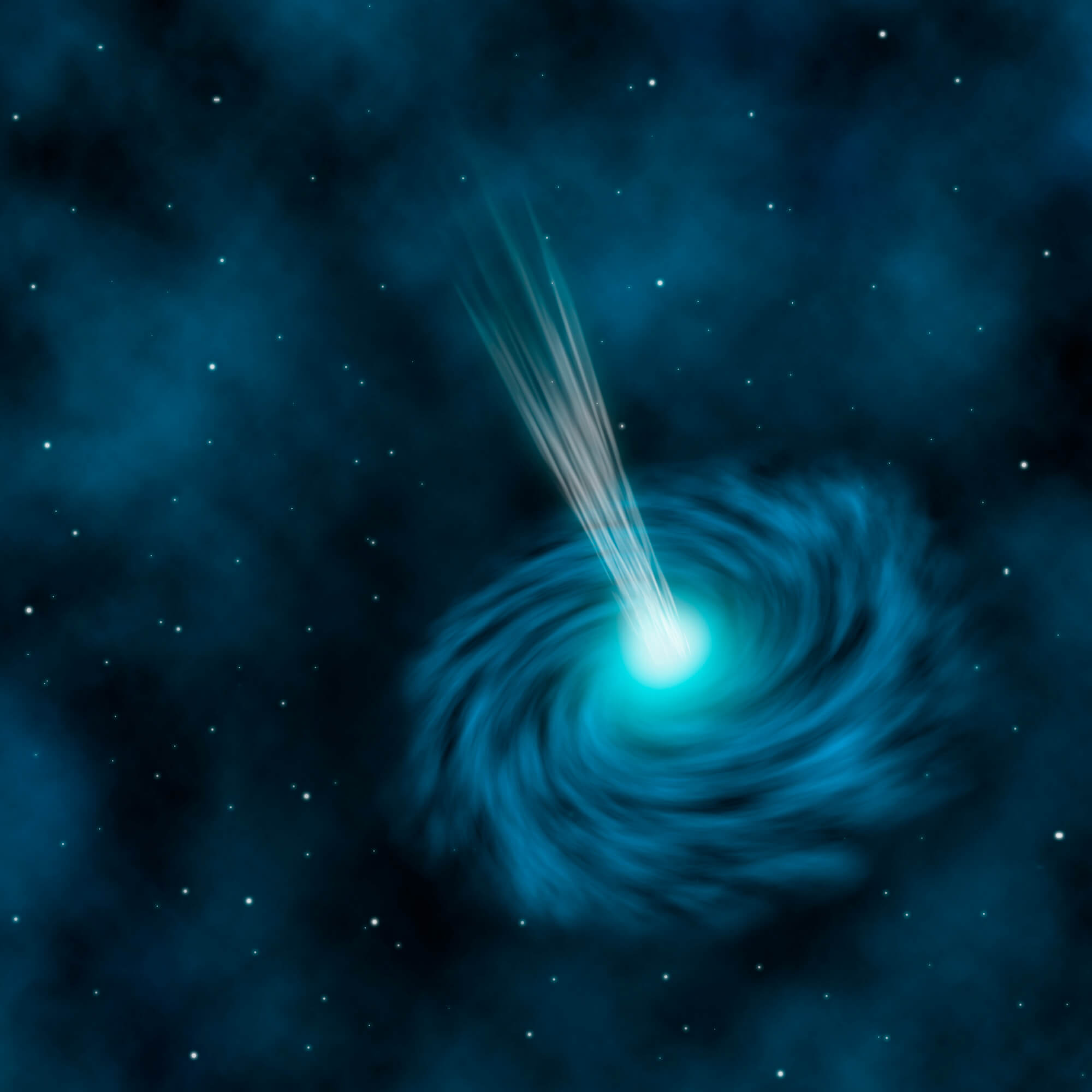The scientists thus discovered some of the missing baryons of the universe, and confirmed that 80-90% of the normal matter is found outside galaxies, an observation that will help expand the models of galaxy development

Galaxies can receive and exchange matter with their external environment thanks to the galactic winds created by exploding stars. Thanks to the MUSE instrument, a three-dimensional spectrograph of the very large telescope at ESO designed to study the distant universe, an international research team led by the French CNRS (French National Institute for Scientific Research) and the Claude Bernard Lyon University has mapped a galactic wind for the first time. This unique observation, detailed in a study published in MNRAS on September 16, 2021, helped to discover where some of the missing matter of the universe is and to observe the formation of a nebula around a galaxy.
Galaxies are like islands of stars in the universe and have normal, or baryonic matter, which is composed of elements from the periodic table, and also dark matter whose composition is still unknown. One of the biggest problems in understanding the formation of galaxies is that about 80% of the baryons that make up the normal material of galaxies are missing. According to models, they were ejected from the galaxies into intergalactic space by the galactic winds created by exploding stars.
Baryons are particles made up of three quarks, such as protons and neutrons. They create atoms and molecules and also all the visible structures in the observable universe (stars, galaxies, galaxy clusters, etc.). A distinction must be made between the "missing" baryons, which have never been observed before, and the dark matter, which consists of non-baryon matter whose nature is unknown.

An international team led by the French CNRS and the Claude Bernard University of Lyon successfully used the MUSE instrument to create a detailed map of the galactic wind that causes exchanges between a young galaxy in the making and a nebula (a cloud of interstellar gas and dust).
The team chose to observe the Gal1 galaxy because of the proximity of a quasar, which served as a kind of "lighthouse" for the scientists to direct them to the research area. They also planned to observe the nebula around this galaxy, although the success of this observation was initially uncertain, because the luminosity of the nebula was unknown.
The perfect location of the galaxy and the quasar, and also the discovery of gas exchange due to galactic winds, made it possible to draw a unique map. The map enabled the first observation of a nebula in formation that simultaneously emits and absorbs magnesium—some of the universe's missing baryons—with the Gal1 galaxy.
Nebulae with ordinary matter of this type are known in the near universe, but their existence in relation to young galaxies in the making has only been conjectured.
The scientists thus discovered some of the missing baryons of the universe, and confirmed that 80-90% of the normal matter is found outside galaxies, an observation that will help to expand the models of galaxy development.
More of the topic in Hayadan:

One response
Hello father
Your writing is amazing, I really freak out about your posts.
Keep it up, they are an antithesis to the articles that are published every morning, and those who understand will understand.